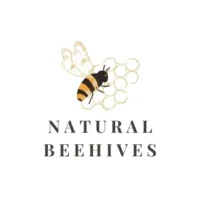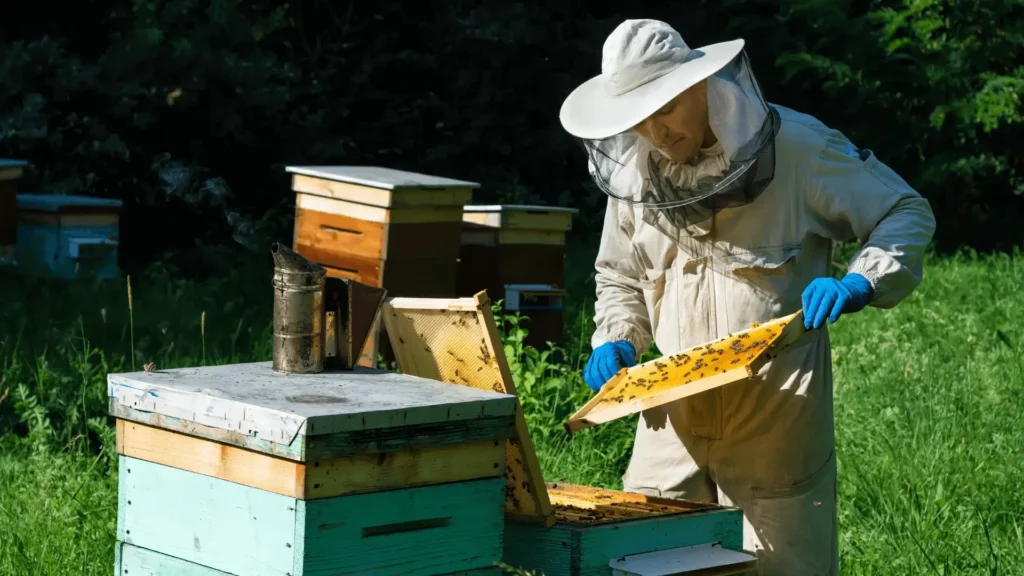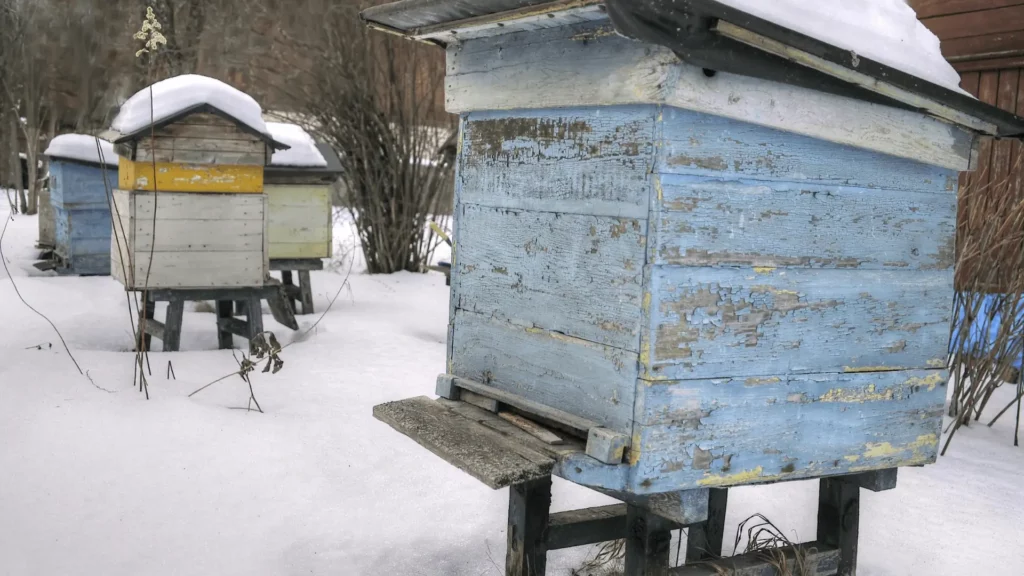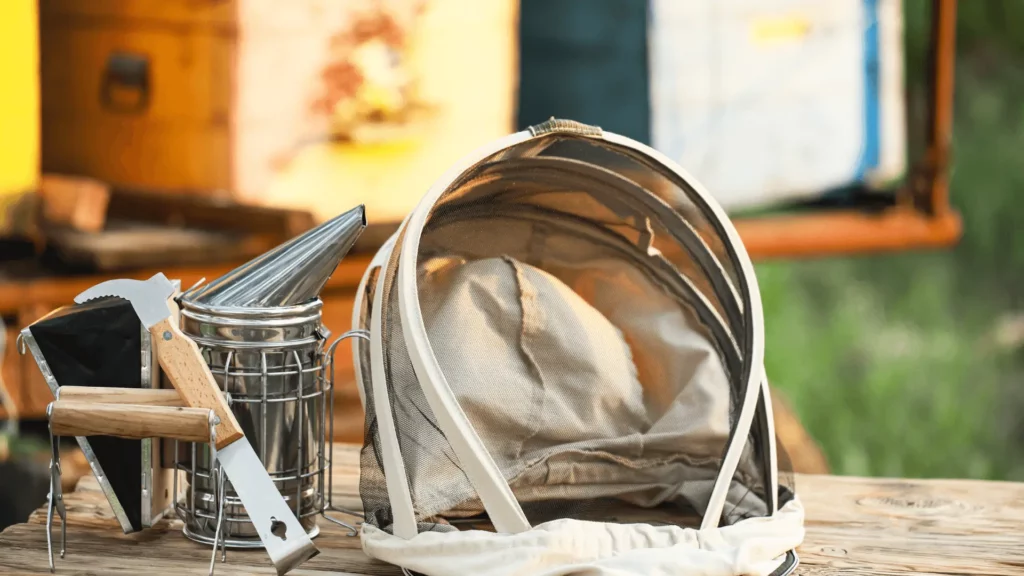
Have you ever wondered about the cost breakdown of starting a beehive? If you’re considering this fascinating hobby, it’s essential to have a clear understanding of the expenses involved. From the hive tool to protective gear and everything in between, understanding the cost breakdown can help you plan and budget effectively.
In this article, we will provide an in-depth look at the complete cost breakdown of starting a beehive in 2023. We’ll cover essential tools and protective gear needed, the different types of beehives and hive stands, and the cost of obtaining honeybees. Additionally, we’ll explore administrative costs and potential additional expenses for keeping bees. We aim to provide you with accurate information to help estimate the cost of starting beekeeping in 2023.
Whether you’re a beginner or an experienced beekeeper, this article will serve as a valuable resource to help you make informed decisions. Get ready to dive into the world of beekeeping and discover the true costs involved.
Factors Influencing Beekeeping Costs
Starting and maintaining a beehive comes with various factors that influence the overall cost. Understanding these factors is essential for accurately estimating the expenses involved. Here are some key factors to consider when determining the cost of starting and maintaining a beehive:
Location
The geographical location plays a significant role in the cost of beekeeping. Different regions have varying climates, flora, and beekeeping regulations. Certain locations may require additional measures, such as winterizing hives, which can incur extra costs. It’s important to research and understand the specific requirements and challenges of beekeeping in your area.
Hive Type
The type of beehive you choose will impact both the initial cost and long-term maintenance expenses. Traditional Langstroth hives are widely used and have a range of equipment available at different price points. Alternatively, top bar hives or Warre hives may be more cost-effective options, especially for those on a budget or with limited space.
Desired Hive Size
The size of your hive affects the cost of both equipment and bees. Larger hives require more supers, frames, and foundation, which can add up in expenses. Additionally, starting with a larger colony can be more expensive initially but may result in a more productive hive in the long run. Consider your specific goals when deciding on hive size.
Maintenance and Supplies
The ongoing costs of beekeeping include the regular maintenance and necessary supplies. This includes factors such as feeding your bees, treating for pests and diseases like Varroa mites, and providing supplemental nutrition. It’s crucial to budget for these ongoing expenses to ensure the health and productivity of your hive.
By considering these factors, you can get a better understanding of the costs associated with starting and maintaining a beehive. Remember, researching and planning ahead will help you make informed decisions and keep expenses within your budget.
Essential Tools and Protective Gear
When starting a beehive, it is crucial to have the right tools and protective gear to ensure a safe and successful beekeeping experience. Here is a detailed list of the essential equipment needed, along with their estimated costs:
1. Hive Tool: A hive tool is an indispensable tool for beekeepers. It is used to pry open hive boxes, separate frames, and scrape off excess propolis. Prices for hive tools range from $10 to $20.
2. Protective Clothing: Beekeepers need to wear protective clothing to prevent stings. This includes a beekeeping suit or jacket, gloves, and a veil. The cost for a complete beekeeping suit can range from $50 to $150, while gloves and veils can be purchased separately for around $10 to $30 each.
3. Smoker: A bee smoker is used to calm the bees by generating cool smoke. It helps make hive inspections easier and reduces the likelihood of disruptive behavior. Smokers typically cost between $20 and $50.
4. Bee Brush: A soft-bristled bee brush is used to gently remove bees from frames during inspections. It is an essential tool for maintaining hive cleanliness. Bee brushes can be purchased for around $10 to $15.
5. Hive Feeder: A hive feeder is used to provide supplemental feed to the bees, especially during times of nectar scarcity. There are various types of feeders available, including frame feeders and entrance feeders. Prices range from $5 to $30.
6. Hive Tool: A hive tool is an indispensable tool for beekeepers. It is used to pry open hive boxes, separate frames, and scrape off excess propolis. Prices for hive tools range from $10 to $20.
When purchasing these tools and protective gear, it’s essential to consider their durability and quality. While costs may vary depending on the brand and where you purchase them, investing in reliable equipment will pay off in the long run. Remember to prioritize safety and comfort when selecting your beekeeping essentials.
Also read: Winterizing Bee Hives: How to Prepare Your Hives for the Cold Months
Selecting the Right Beehive and Hive Stand
When it comes to starting your beekeeping journey, selecting the right beehive and hive stand is crucial. Various types of beehives are available, each with its own advantages and considerations. Understanding the pros and cons of these different options will help you make an informed decision for your beekeeping setup.
Types of Beehives
1. Langstroth Hive:
– The most common type of beehive used by beekeepers worldwide.
– Consists of stacked boxes with removable frames, allowing for easy inspection and honey extraction.
– Offers flexibility in hive management and expansion.
– Requires more lifting and manipulation due to its vertical design.
2. Top Bar Hive:
– A horizontal hive where the bees build their comb from a top bar.
– Requires minimal equipment and manipulation.
– Provides a more natural habitat for bees.
– Suitable for those who prefer a more hands-off approach to beekeeping.
3. Warre Hive:
– A vertical hive that uses top bars, similar to the top bar hive.
– Emphasizes minimal intervention and allows bees to build natural comb.
– Offers good insulation and requires minimal maintenance.
Pros and Cons Evaluation
To make the right choice for your beekeeping venture, consider the following factors:
1. Experience Level:
– Beginners may find the Langstroth hive more suitable due to its widespread use and availability of resources.
– Top bar and Warre hives may appeal to those seeking a more natural and hands-on approach to beekeeping.
2. Hive Management:
– Langstroth hives provide greater control and management options with removable frames.
– Top bar and Warre hives require minimal intervention.
Hive Stand Importance
A sturdy and well-designed hive stand is essential for hive maintenance. It elevates the hive off the ground, providing stability and protection against pests and moisture. When selecting a hive stand, consider the following:
1. Material: Opt for a durable and weather-resistant material like wood or metal.
2. Elevation: Raise the hive to a comfortable working height to minimize stress on your back and enhance accessibility.
3. Design: Choose a design that ensures proper airflow and drainage while offering security against predators.
Remember, the hive stand plays a crucial role in the overall success and longevity of your beekeeping endeavor. Invest in a high-quality stand that meets your hive’s specific needs and safeguards your bees’ well-being.
By carefully considering the different types of beehives and selecting the appropriate hive stand, you can create an ideal environment for your honeybees and set yourself up for a successful and rewarding beekeeping experience.
Also read: The Ultimate Beekeeping Starter Kit: Everything You Need to Get Started
Cost of Honey Bees and Other Consumables
Acquiring honey bees is a crucial step in starting a beehive. Depending on your preference and availability, you can choose between purchasing package bees or nucs (nucleus colonies). The cost of honey bees varies depending on the supplier, location, and time of year. On average, a package of bees can range from $100 to $150, while nucs can cost between $150 and $200. It’s important to note that these prices may fluctuate, so it’s advisable to research local suppliers and inquire about their current pricing.
In addition to honey bees, there are several consumables required to maintain a thriving beehive. These include frames, foundation, and mite treatments. Frames provide structural support and serve as a foundation for the bees to build their comb. They can be made of wood or plastic and typically cost around $3 to $5 per frame. Foundation, which is placed within the frames to guide the bees in creating uniform comb, usually costs around $1 to $2 per sheet.
To ensure the health of your hive, it’s essential to address any potential mite infestations. Varroa mites are a common problem in beekeeping and can weaken or destroy colonies if left untreated. Mite treatments are available in various forms, such as strips or treatments that are added to the hive. The cost of mite treatments can range from $20 to $50 per treatment, depending on the type and quantity needed.
It’s worth mentioning that the initial cost of acquiring honeybees and consumables is just the beginning. Beekeeping requires ongoing expenses for feeding bees, hive maintenance, and potential replacement of equipment. While the cost of honeybees and consumables may be the most significant upfront expense, it’s important to budget for these additional costs to ensure the long-term success of your beehive.
Also read: Beekeepers Toolbox Essentials: Practical Must-Haves for Successful Beekeeping
Administrative Costs and Additional Expenses
Starting a beehive comes with certain administrative costs and potential additional expenses that should be taken into consideration. These costs ensure that you comply with regulations, protect your hive, and maintain the overall health of your bees. Here are some administrative costs and additional expenses you may encounter:
1. Licenses and Permits
Before diving into beekeeping, it’s important to check if your local area requires any licenses or permits. These may vary depending on your location and the number of hives you plan to keep. In some regions, a beekeeper’s license is mandatory. Be sure to research the specific requirements and associated costs in your area.
2. Membership Fees
Joining a local beekeeping association or organization can provide valuable resources, support, and opportunities for learning. These organizations often require membership fees, which can vary depending on the group and the benefits they offer. Consider joining a nearby beekeeping association to stay connected with experienced beekeepers and access educational materials.
3. Hive Protection
Protecting your hive from other animals, such as bears, raccoons, or curious neighborhood pets, is crucial for the safety of your bees. Investing in hive protection measures like electric fencing or bear guards can help prevent damage and potential hive loss. The cost of these protective measures will depend on the size of your apiary and the specific devices or materials you choose.
4. Ongoing Maintenance and Supplies
Beekeeping requires regular maintenance and the purchase of essential supplies. This may include replacement frames, foundation, mite treatments, sugar syrup, and pollen substitute. The frequency and cost of these ongoing supplies will depend on the size of your hive and the specific needs of your bees throughout the year.
It’s important to note that administrative costs and additional expenses can vary greatly depending on your location and personal choices. Researching local regulations, joining a beekeeping organization, and budgeting for hive protection and ongoing supplies will help you prepare for these additional expenses.
Remember, while these costs may add up, the rewards of beekeeping, including fresh honey and a thriving bee population, make it a worthwhile investment in both nature and your own personal enjoyment.



